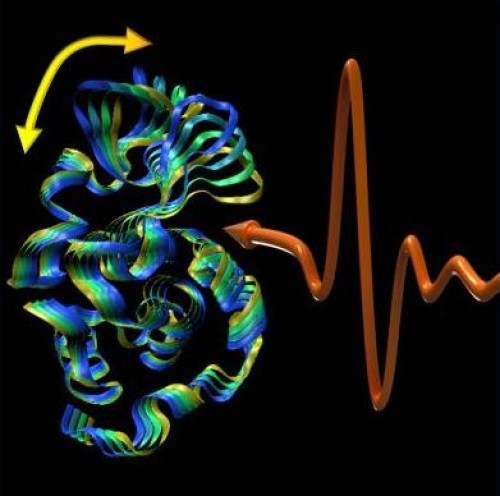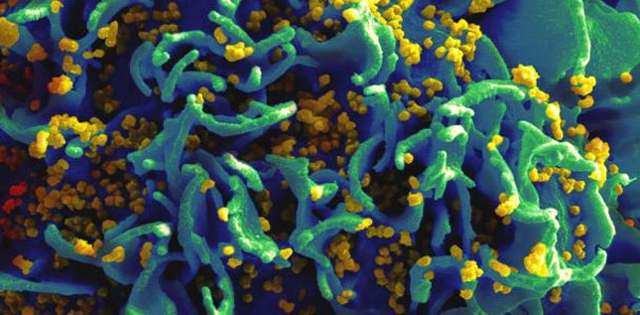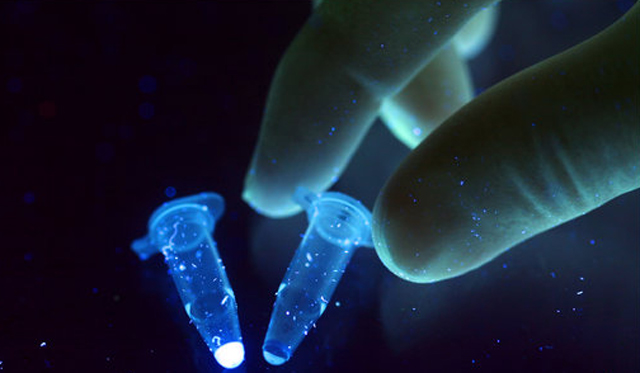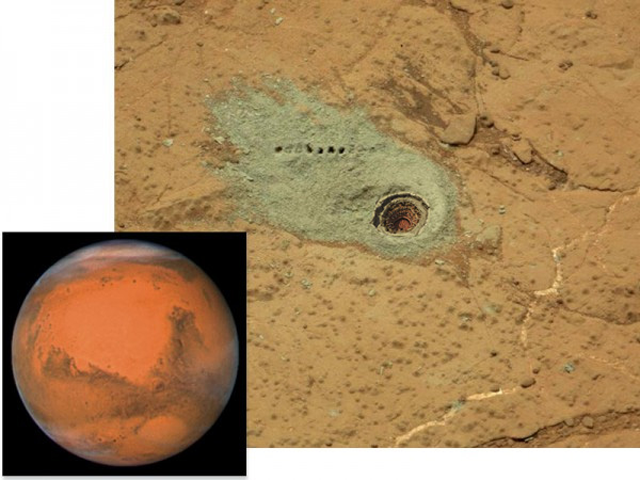Exposure to a widely used pesticide causes worker bumblebees to grow less and then hatch out at a smaller size, according to a new study by Royal Holloway University of London. The research, published today in theJournal of Applied Ecology, reveals that prolonged exposure to a pyrethroid pesticide, which is used on flowering crops to…
Read more
Exposure to Pesticides Results in Smaller Worker Bees










